
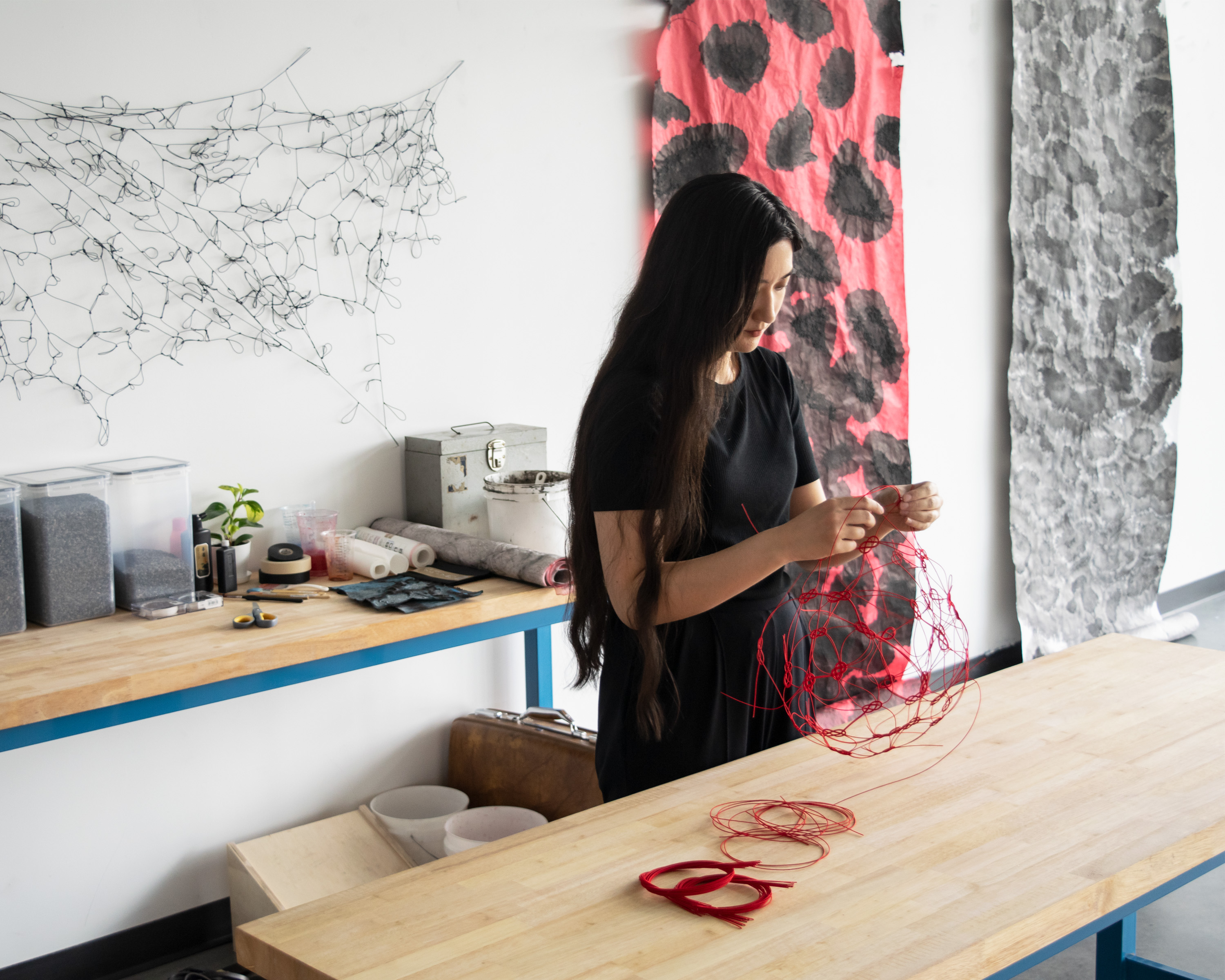




Northwest Regional Emmy® Award Recipient
Arts/Entertainment - Short Form Content
createid:
“Alternate Heirlooms: Hallie Maxwell”
Worldfest Houston International Film Festival: The Arts / Cultural, Film & Video Platinum Award
Idaho Press Club awards: Arts / Entertainment Report – TV First Place
International Sculpture Center
2023 Outstanding Student Achievement in Contemporary Sculpture Award
Alternate Heirlooms
MFA Thesis Exhibition
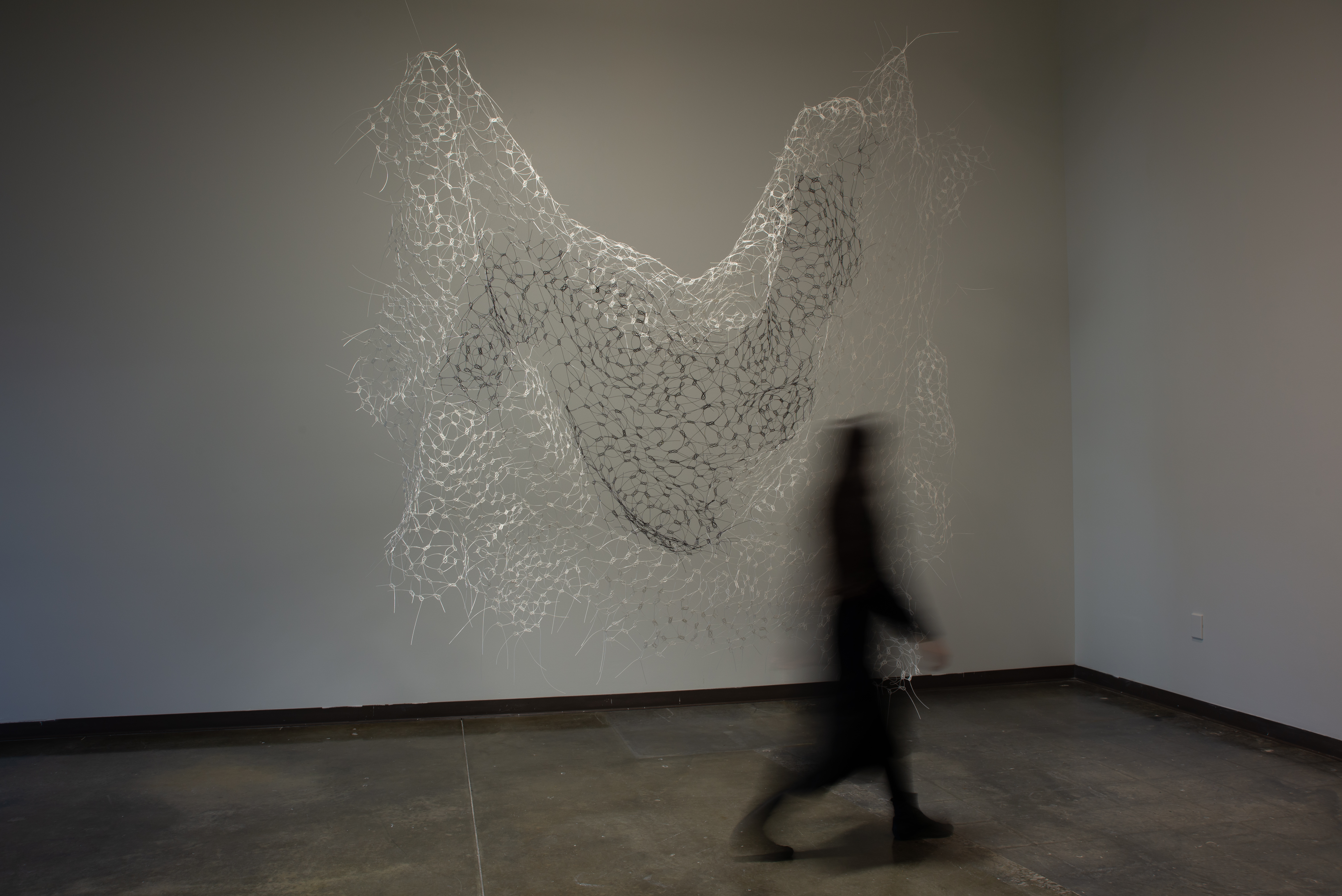




Kuzu, 2024, Mizuhiki cords, 12’ x 12’ x 4’, dimensions variable. Photo credit: Carrie Quinney
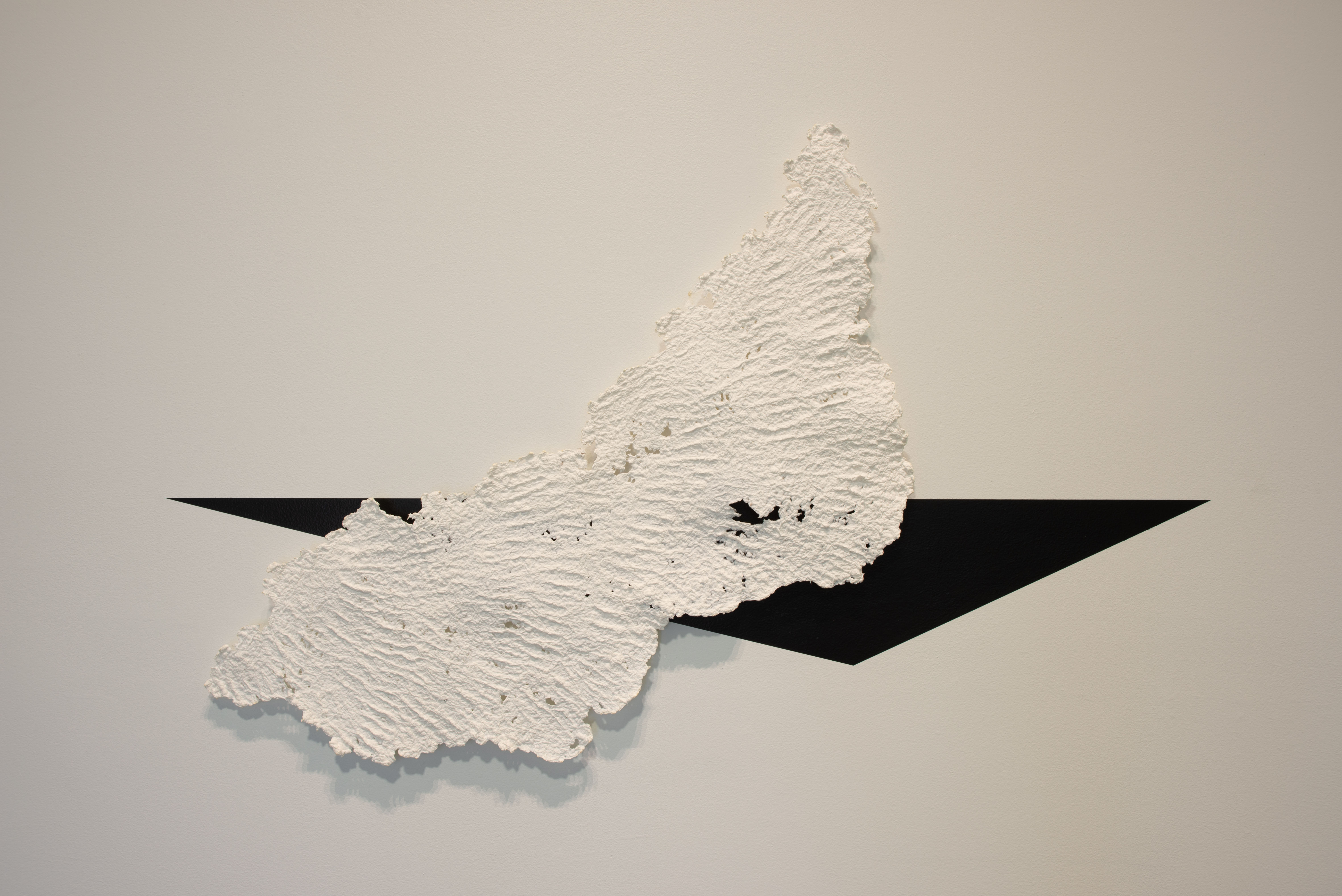

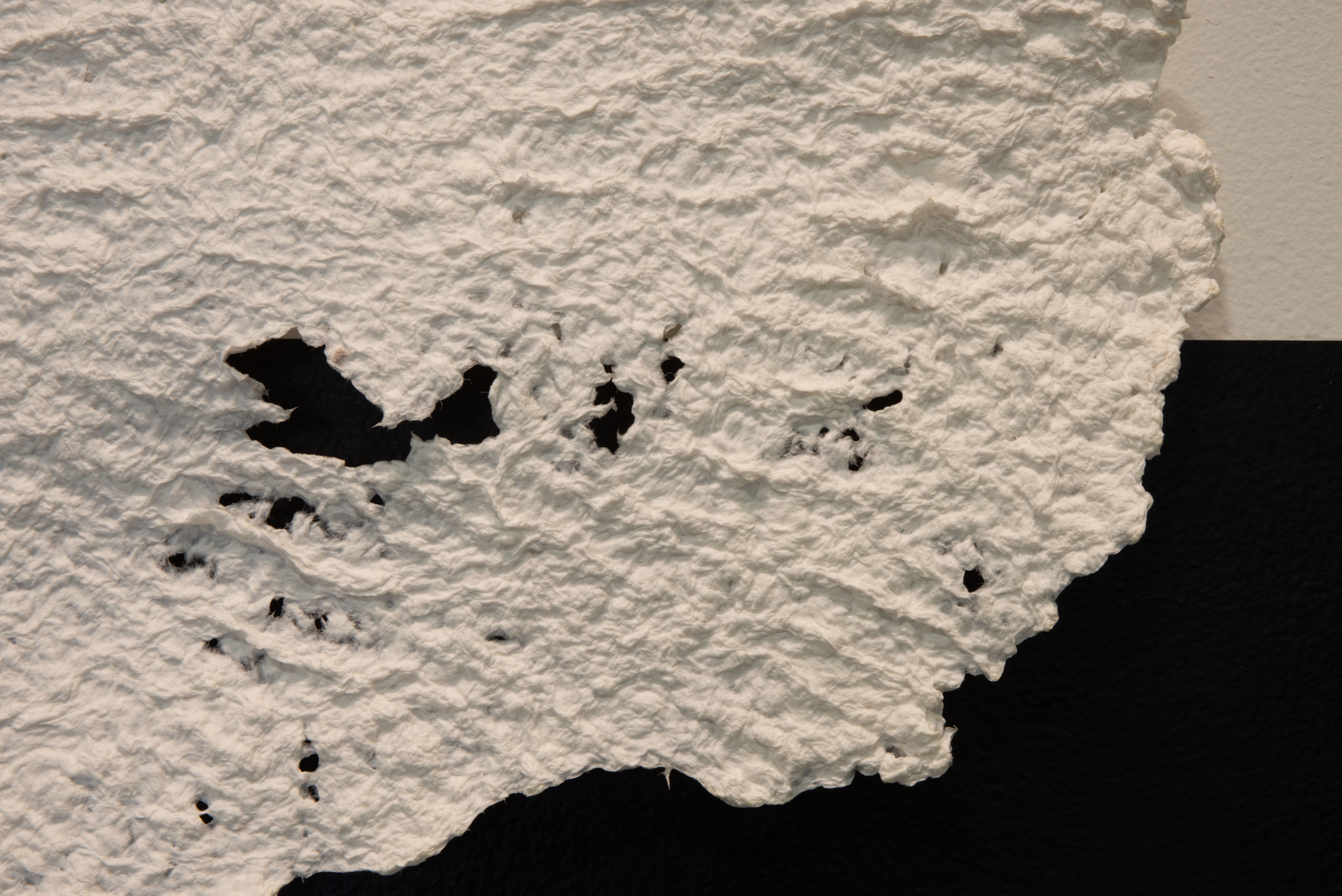

34.39649, 132.45257; 34.05028, -118.24052; 19.93851 -155.16853, 2024, Paper and sumi ink on wall, 40” x 66”. Photo credit: Carrie Quinney


Mama, 2024, found objects and audio, 30 minutes, 6“ x 6’ x 4’. Photo credit: Carrie Quinney
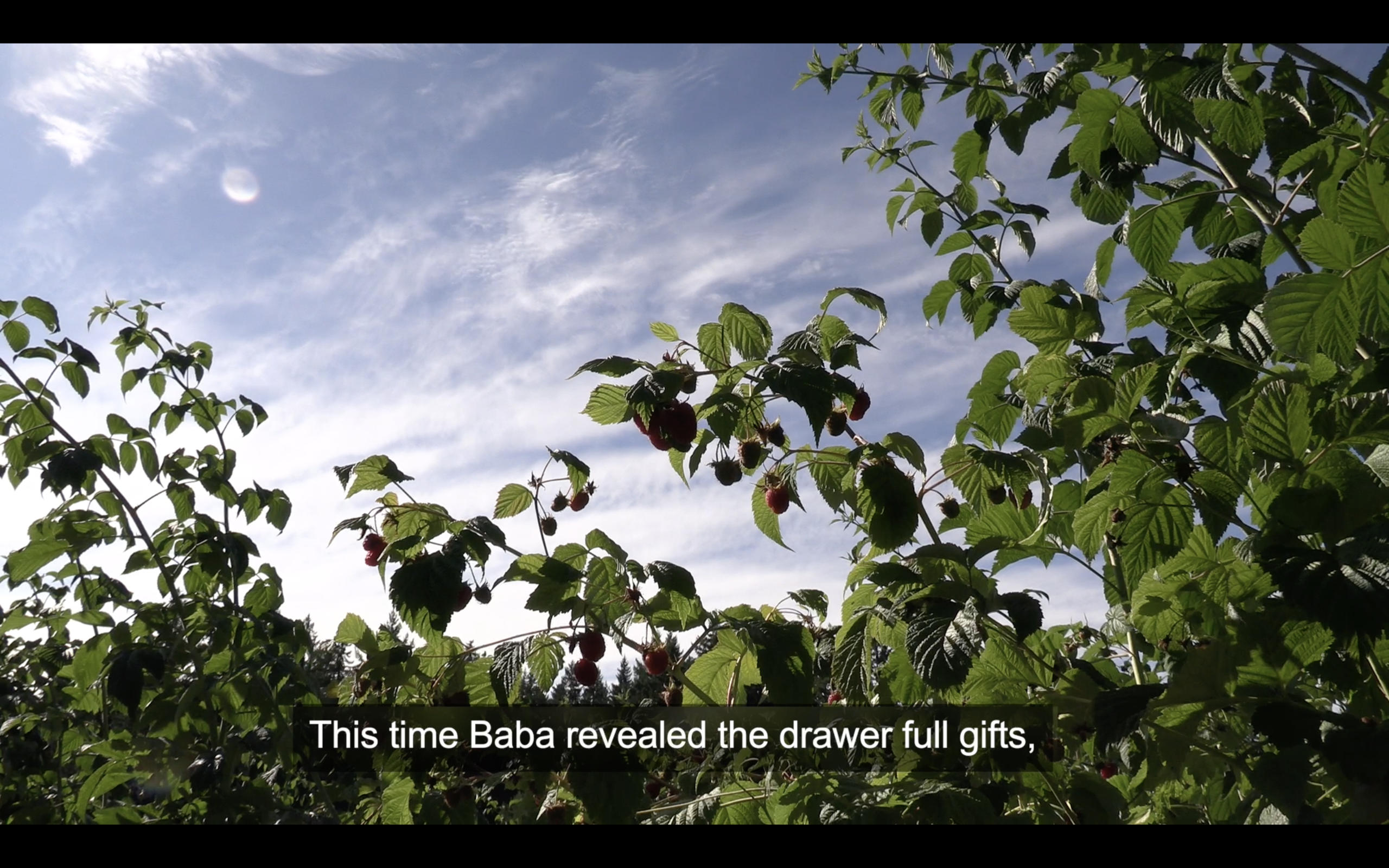



The Burning of Gifted Sakura, 2024, video, 8 minutes and 6 seconds




All That Remains, 2024, silk mizuhiki cords on porcelain slip, 1’ x 8’ x 3’. Photo credit: Carrie Quinney
Unqualified Allegiance
Senninbari, 2023, 48-star American flag, 14” x 18” x 5”
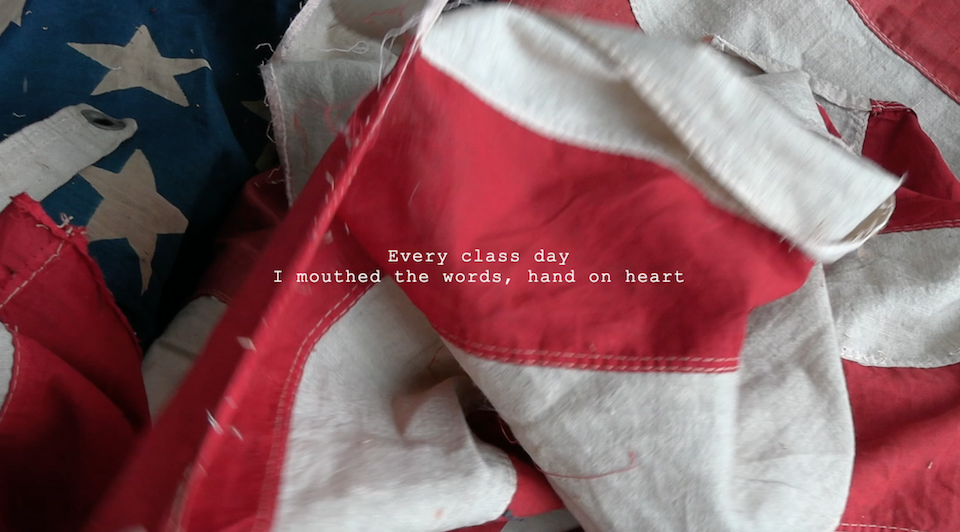
Unqualified Allegiance (still)
2023
Video
8 minutes and 15 seconds
To Be Consumed
2022
Ink on rice paper, rice
Dimensions variable
Demolition House
2022
Bedroom
Surel’s Place